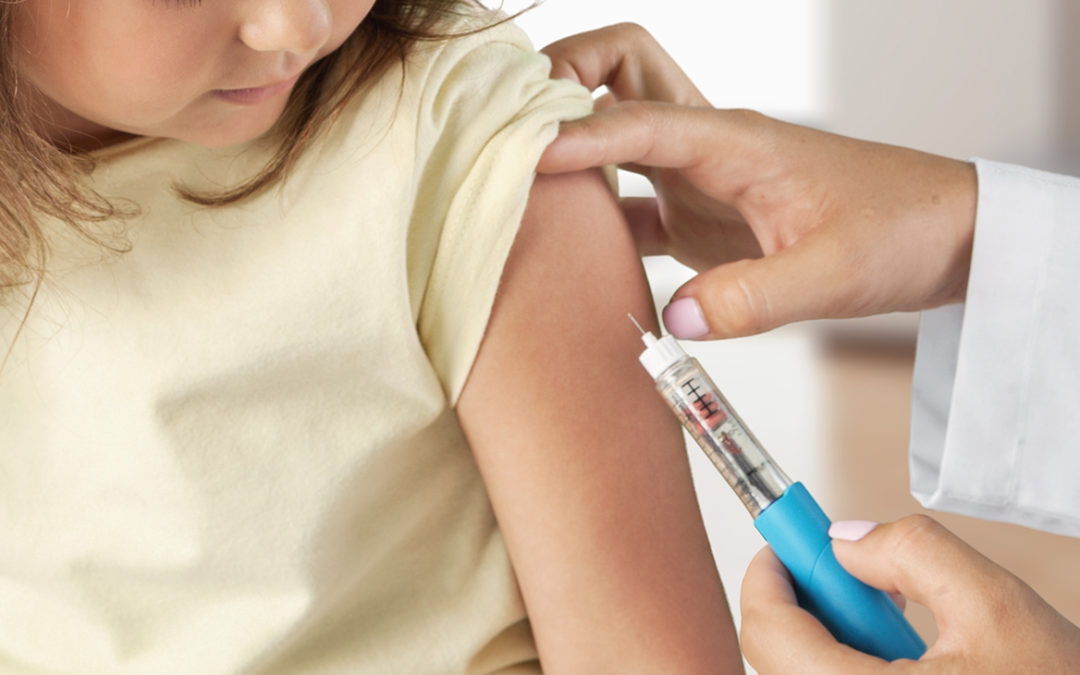
Vaccination is one of the great public health achievements of human history. Vaccines used in national immunization programs (NIPs) are considered safe and effective when used correctly. Vaccines are, however, not risk-free and adverse events will occasionally occur following vaccination. Public trust in vaccine safety is key to the success of vaccination programmes. Each year, vaccines prevent more than 2.5 million child deaths globally. An additional 2 million child deaths could be prevented each year through immunization. Although inoculation against smallpox was practiced over 2000 years ago in China and India, a British physician, Edward Jenner, is generally credited with ushering in the modern concept of vaccination. In 1796 he used matter from cowpox pustules to inoculate patients successfully against smallpox, which is caused by a related virus. Vaccines used in NIPs are safe and effective. However, like other pharmaceutical products, vaccines are not completely risk-free and adverse events will occasionally result from vaccination. Although most adverse events are minor (e.g. redness at injection site, fever), more serious reactions (e.g. seizures, anaphylaxis) can occur albeit at a very low frequency. To understand how and why vaccine reactions occur, it is first necessary to understand how the immune system helps to protect the body against infection. It is designed to identify and destroy harmful foreign organisms (pathogens) from the body, and neutralize the toxins (poisons) that some bacteria produce. Bacteria are single-celled life-forms that can reproduce quickly on their own. Viruses, on the other hand, cannot reproduce on their own. They are ultramicroscopic infectious agents that replicate themselves only within cells of living hosts. The immune system responds to bacteria and viruses in a very complex way: it recognizes unique molecules (antigens) from bacteria and viruses and produces antibodies (a type of protein) and special white blood cells called lymphocytes that mark the antigens for destruction. During the primary immune response to the first encounter with a specific pathogen, some lymphocytes called memory cells develop with the ability to confer long-lasting immunity to that pathogen, often for life. These memory cells recognize antigens on the pathogens they have encountered before, triggering the immune system to respond faster and more effectively than on the first exposure. The goal of all vaccines is to elicit an immune response against an antigen so that when the individual is again exposed to the antigen, a much stronger secondary immune response will result. Vaccines contain the same antigens that are found on pathogens that cause the associated disease, but exposure to the antigens in vaccines is controlled. By the immune system through vaccination, when the vaccinated individual is later exposed to the live pathogens in the environment, the immune system can destroy them before they can cause disease. There are many types of vaccines, categorized by the antigen used in their preparation. Their formulations affect how they are used, how they are stored, and how they are administered. The globally recommended vaccines discussed in this module fall into the four main antigen types shown in the diagram. An adverse event following immunization (AEFI) is any untoward medical occurrence which follows immunization and which does not necessarily have a causal relationship with the usage of the vaccine. AEFIs are divided in 5 categories. Vaccine product-related reaction Vaccine quality defect-related reaction Immunization error-related reaction Immunization anxiety-related reaction Coincidental event VACCINE SAFETY IN IMMUNIZATION PROGRAMMES References: 1. https://en.wikipedia.org/wiki/Vaccination 2. https://www.who.int/topics/vaccines/en/ By Babayeva N.
If this page is in your subscriptions, then it will be removed. You will not see this page. If you want to unblock a user, go to the settings, the list of blocked users and click unblock